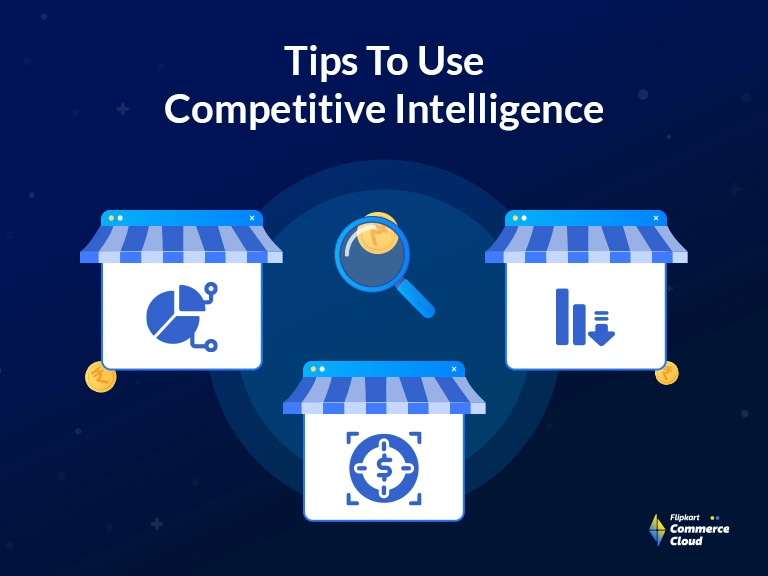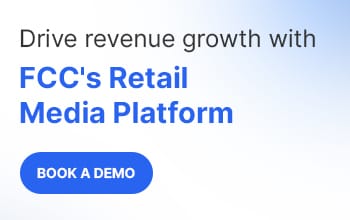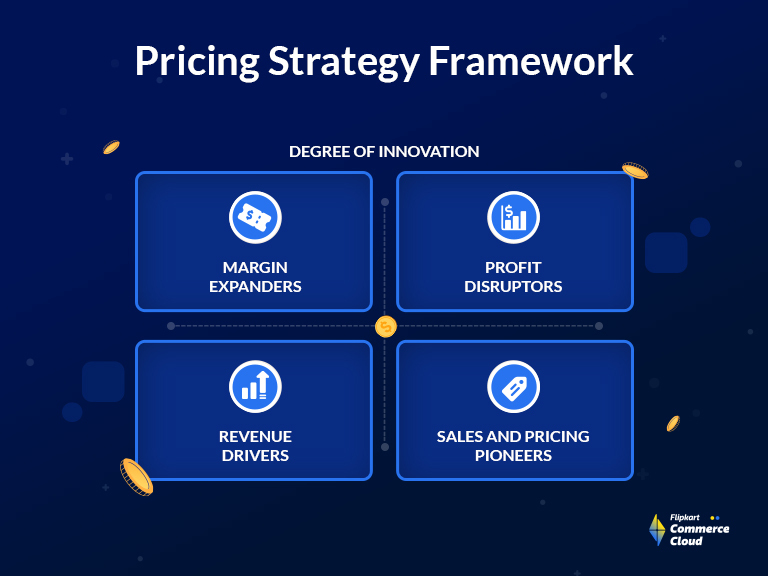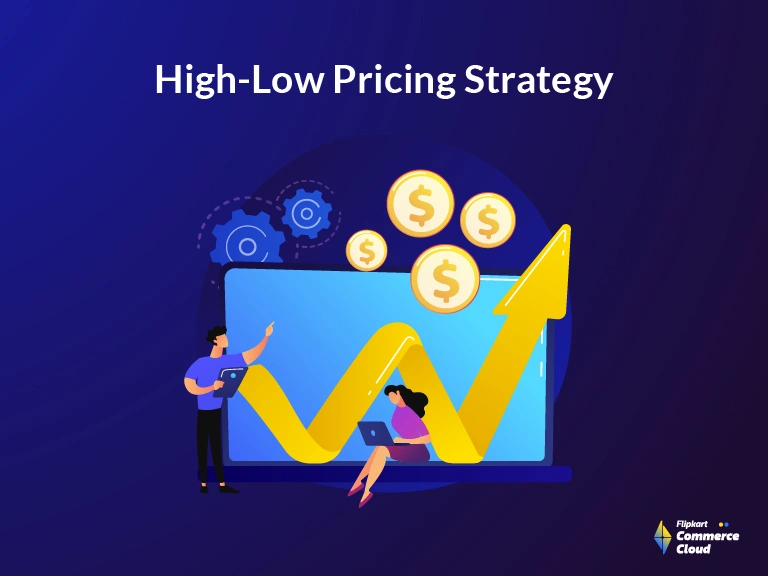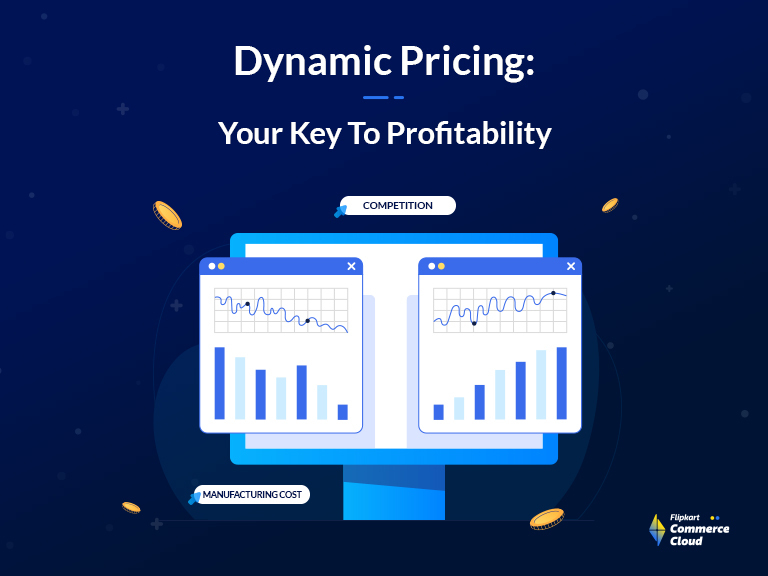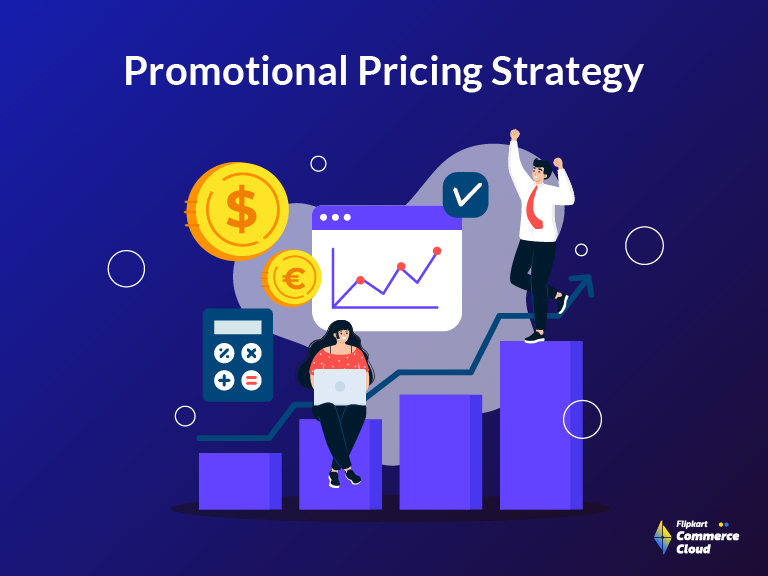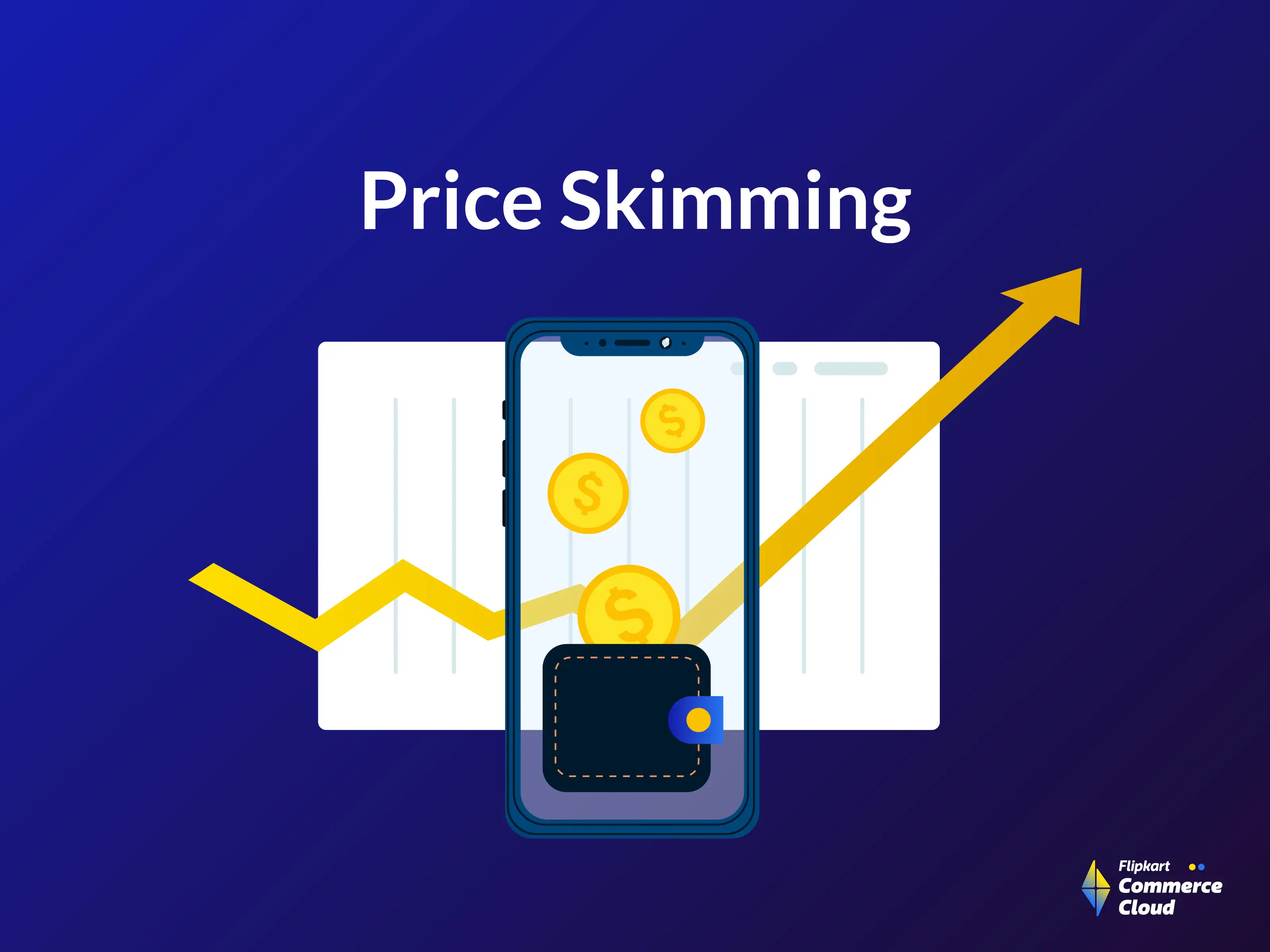In an era marked by relentless competition and rapid market transformations, the key to survival and success for retailers lies in their ability to outpace competitors. Competitive intelligence (CI) serves as the North Star guiding businesses through the shifting consumer preferences, emerging new competitors, and unpredictable economic fluctuations. In this blog, we will delve into the world of competitive intelligence, examining what it entails, and how you can harness it effectively for your business.
What is competitive intelligence (CI)?
Competitive intelligence is the systematic gathering, analysis, and application of information about your competitors, their strategies, and the overall market dynamics. It goes beyond just knowing who your competitors are – it’s about understanding their strengths, weaknesses, opportunities, and threats so that your organization performs better and stays ahead of the game.
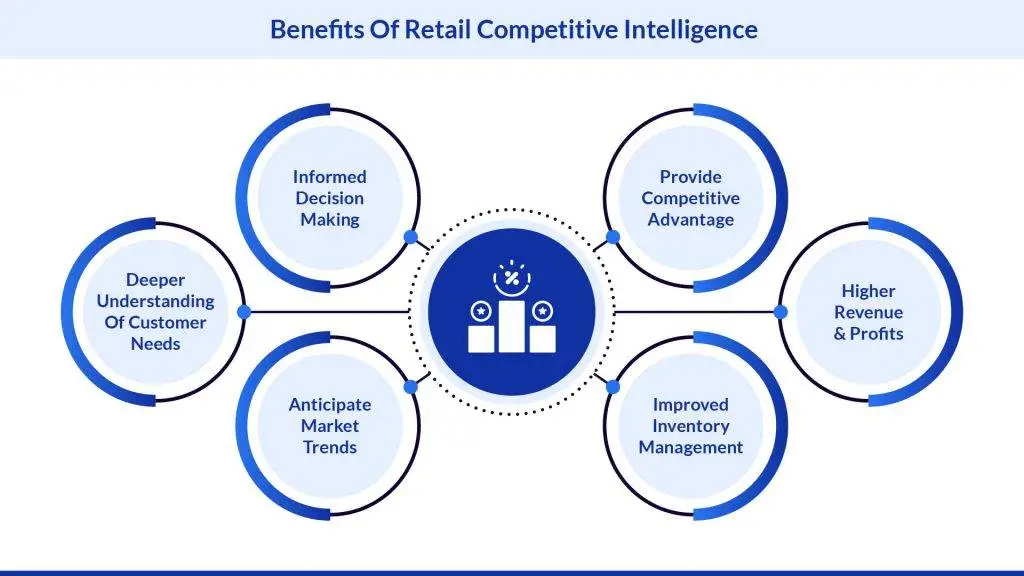
Importance of competitive intelligence for retailers
For retailers, competitive intelligence is not merely a luxury but a necessity. Let’s delve into the key aspects of its significance.
Helps you focus on important things
Effective competitive intelligence allows retailers to identify and prioritize critical areas of their business. By understanding the competitive landscape and market conditions, retailers can allocate resources more efficiently.
For example, if your competitive intelligence software reveals that a particular competitor is rapidly gaining market share in a specific product category, you can allocate more resources to either compete or diversify your product offerings. This focus ensures that your efforts are strategic and aligned with your long-term objectives.
Shows you the complete picture, not only about your competitors
One common misconception is that competitive intelligence is solely about understanding your competitors. However, it’s a broader concept. By exploring the landscape of your industry, you gain insights into market trends, customer behavior, and the larger economic forces that shape your environment.
For instance, by monitoring shifts in consumer preferences, you can adjust your inventory, marketing strategies, and product development accordingly. It enables you to see the forest and not just the trees, fostering a holistic understanding of your business environment.
Perform Win-Loss Analysis for Better Market Understanding
Win-loss analysis is a crucial aspect of competitive intelligence for retailers. It involves a systematic examination of the reasons why you won or lost customers to your competitors. This information is invaluable for improving your offerings, enhancing your sales tactics, and adapting to changing market conditions. By identifying patterns in wins and losses, you can fine-tune your approach to maximize your success.
Moreover, win-loss analysis provides an opportunity for self-reflection and continuous improvement. Perhaps, you consistently lose customers to a competitor due to a lack of certain features in your offerings. Retailers can use this feedback to refine their product offerings, customer service, and overall business strategies.
Pricing Strategy Optimization
Pricing is a critical aspect of retail, and competitive intelligence provides actionable insights for optimizing your retail pricing strategies. Retailers can analyze competitor pricing models and consumer responses to make informed business decisions.
For instance, if a retailer in the electronics industry notices that a competitor’s price drop significantly increased their market share, they might choose to lower their prices temporarily for select products to gain a competitive advantage, even if it means lower profit margins. This strategy can result in long-term gains through increased market share and customer loyalty. Read more on how you can use CI to optimize your product pricing in the blog here – How to use competitive pricing strategy to protect your margins.
Customer Experience Enhancement
A deeper understanding of the market through competitive intelligence can also lead to improved customer experiences. Retailers can analyze competitors’ customer feedback, online reviews, and social media interactions to identify areas for improvement.
For instance, if a retailer in the hospitality sector discovers that customers praise competitors for their personalized services, they can implement a more robust customer relationship management (CRM) system to enhance the guest experience, leading to higher customer satisfaction and repeat business.
Tips To Perform Better Competitive Intelligence Research
Now that we’ve established the critical role competitive intelligence plays in your pricing strategies, let us look at some tips you can leverage to fine-tune your approach and ensure that you stay ahead of the competition.
Not All Competitors Are Equal: Identifying Key Competitors
Identifying your key competitors is the foundational step in competitive intelligence research. Not all competitors are created equal, and understanding the landscape is crucial. Start by segmenting competitors into primary and secondary categories. Primary competitors are the ones directly impacting your market share and revenue. Secondary competitors, on the other hand, may offer similar products or services but operate in slightly different niches.
To identify key competitors, consider the following:
- Market Share: Analyze market share data to determine which competitors dominate the industry.
- Product Range: Evaluate the breadth and depth of their product offerings.
- Geographic Reach: Assess their presence in various regions.
- Customer Base: Examine their target audience and customer profiles.
By recognizing your key competitors, you can allocate your resources more effectively and develop strategies tailored to your specific landscape.
Also Read: How competitive intelligence helped e-Commerce giant get topline improvement
Compare Product Offerings
Analyzing the product offerings of your competitors is a cornerstone of competitive intelligence. This step involves examining not only what products they offer but also their features, pricing, and positioning. Some key aspects to consider include:
- Features and Benefits: Compare the features and benefits of their products to yours. What unique selling points do they emphasize?
- Pricing Strategy: Study their retail pricing strategies. Are they positioned as low-cost providers, premium brands, or somewhere in between?
- Target Audience: Identify the customer segments they cater to. Are there untapped market segments they are ignoring?
This information, easily available on the competitor websites, can help you refine your own product offerings, pricing strategy, and marketing efforts to better resonate with your target audience and stand out in the marketplace.
Identify Competitors' Sales Channels
Understanding how your competitors distribute their products or services is critical. This knowledge can reveal opportunities for optimizing your own sales and distribution strategy. Consider the following:
- Online vs. Offline: Determine if competitors primarily sell through e-commerce, physical stores, or a combination of both.
- Channel Partners: Identify if they have partnerships with distributors, retailers, or online marketplaces.
- Supply Chain: Analyze their supply chain and logistics for efficiency and reliability.
By dissecting their sales channels, you can identify gaps and areas for improvement in your distribution network.
Don’t Forget Social Media and Product Pricing
In the digital age, competitive intelligence research extends beyond traditional market research. Social media and pricing strategies provide valuable insights:
- Social Media: Analyze competitors’ social media presence. What content resonates with their audience? How do they engage with customers? Monitoring social media can reveal trends, customer sentiments, and areas where competitors excel or fall short.
- Product Pricing: Continuous monitoring of pricing is essential. Are your competitors adjusting their prices frequently? How do customers respond to these changes? Pricing intelligence can inform your own pricing strategies and help you stay ahead in the market.
Also Read: How retailers can utilize competitive intelligence to improve their profitability
Identify Customer Sentiments
Gauging customer sentiments towards your competitors is a goldmine of information. It provides insight into their strengths and weaknesses, as perceived by the target audience. Several methods can be employed:
- Online Reviews and Ratings: Scrutinize customer reviews on platforms like Yelp, Amazon, or Google Reviews. Note recurring praise and criticisms.
- Surveys and Feedback: Conduct surveys to gather direct feedback from your target audience regarding their experiences with competitors.
- Social Listening: Use social listening tools to track what customers are saying about your competitors on social media. Analyze sentiment and trends.
By understanding customer sentiments, you can not only adapt your strategies but also uncover areas where you can outshine your competitors.
Use Intelligence Tools like Flipkart Commerce Cloud
Last, but not least, leverage competitive intelligence platforms available in the market to stand out from the competition. FCC’s AI-driven CI platform provides a holistic approach, enabling businesses to monitor competitor products and demand, automate selection and gap analysis, conduct sentiment analysis of reviews, and keep real-time tabs on competitor promotions.
How Does the FCC Competitive Intelligence Platform Work?
At FCC, our Competitive Intelligence Platform is a game-changer for brands and retailers, offering an unparalleled competitive edge. Leveraging our proprietary ML tools and advanced image recognition, we achieve over 95% accuracy in product matching. This means you can trust the data we provide to be precise and insightful.
Our platform goes beyond data collection; it’s a dynamic tool that helps you identify new market growth opportunities, penetrate untapped segments, and stay ahead of trends that influence your product selection. With real-time scraping of multiple websites and scaled crawling of over 10 million products, you’re always in the know.
Powered by advanced ML algorithms, Flipkart Commerce Cloud offers a suite of retail media technology solutions like Competitive Intelligence, Dynamic and competitive pricing capabilities and intelligent product assortment engine, empowering you to make the best retail decisions for your brand. It’s a comprehensive solution that ensures your strategies are data-driven, enhancing your position in the competitive retail landscape. Choose FCC and gain the advantage you’ve been looking for. Talk to us today!
